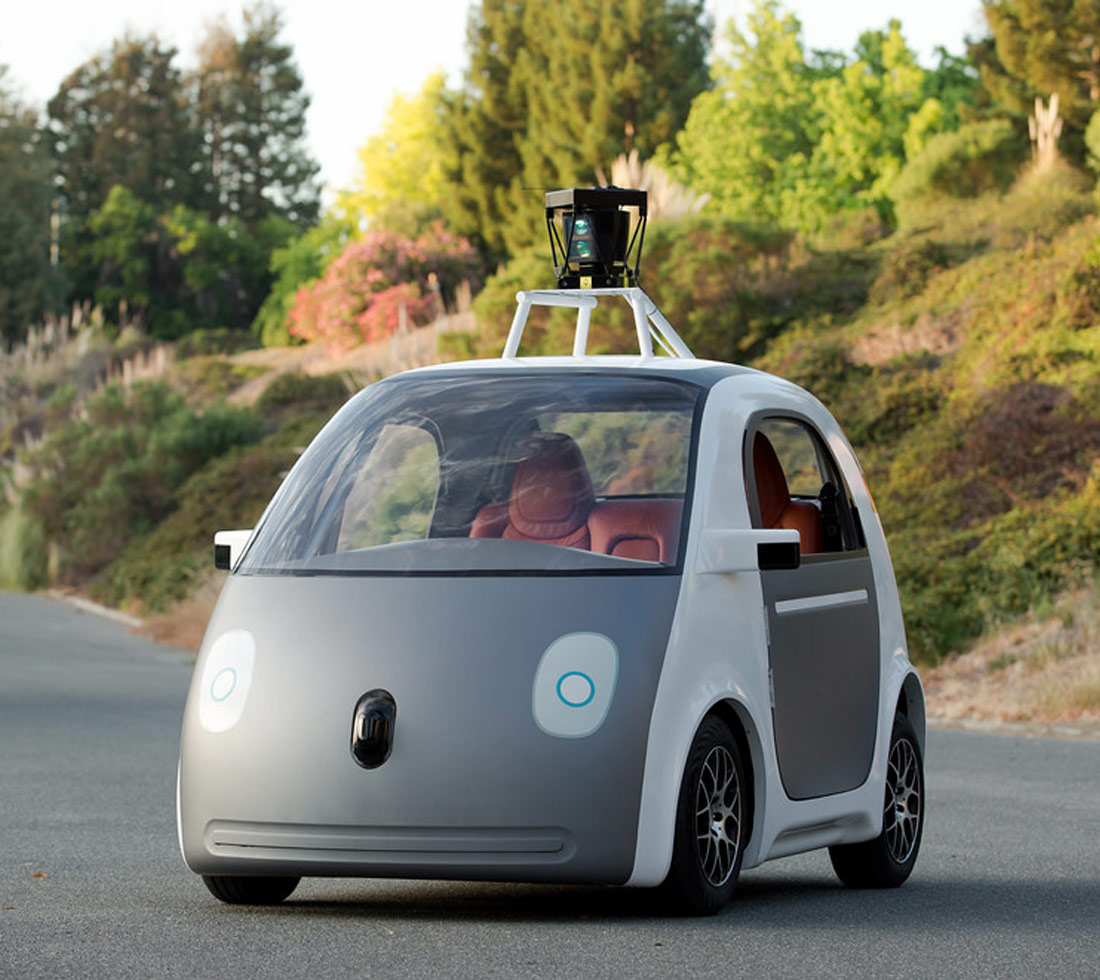How comms will be key to driverless car adoption
SHARE
Georgina Greenspan
30 Aug 2017
I am sat in my kitchen, glass of champagne in hand (it is a Saturday after all!), talking to my 23-year-old sister and her friend about self-driving vehicles and the Government’s plan to test self-driving lorries on UK roads.
Unlike my sister and I, her friend is not a big fan.
Her immediate question was around safety.
How can a machine possibly be as a safe as a human? How can it make the right decision in the case of an accident?
All valid questions that highlight the challenge tech companies need to overcome to make robotics mainstream.
From driverless cars through to drone delivery, we’re enamoured with the convenience these technologies offer us.
But for the most part the average consumer doesn’t quite understand how they work, and that means they’re not ready to accept them en masse just yet.
So how can we change that?
Technology today is (finally) part of the mainstream media’s narrative. From fuelling economic growth to driving societal change, there can be no doubt that technology companies hold more power and influence today than they ever have before.
They need to use this influence as a platform to educate the market on how they work, the benefits they bring and the opportunities they afford to individuals and businesses.
It’s no longer enough to simply launch a new concept and talk about the big picture. Today’s consumer is tech-savvy, opinionated and has a need to understand the tech they are going to be using.
For the companies manufacturing driverless cars, the battle for success will inevitably play out in the media.
The brand that succeeds will be the one that has taken the time to not only understand the audience it wants to sell to – whether that’s the CEO of a haulage company or a worker who wants more time to themselves on their commute – but the wider societal change this reflects.
The communication effort, for those companies, needs to begin – if it hasn’t already – in earnest today.
How? The first step is audience research.
I’ve mentioned understanding your audience – something we pride ourselves on at Harvard. And it’s something every organisation should make their business.
As a comms manager, before you even put pen to plan, work out who you’re trying to talk to. Who are they, and more importantly what do they think about your product – in this case driverless cars? Are they excited? Or are they sceptical?
Engaged in the right way, can they become your evangelists (if you want a good example of this, just look at how Tesla do things), using their own networks to generate understanding and excitement about something new.
It’s something so few companies really invest in. But if you do it right, you’ll create a barometer of understanding for comms, and for your business.
Used in the right way internally it will allow you to see what works and what needs tweaking.
Once you’ve got the results of this, you’ll have wealth of information, enabling you to create a comms plan that will drive change and educate your audience.
You’ll be able to create a plan that is based on understanding of the channels, the opinion and the beliefs of your audience – putting you a step ahead of the competition.
There is, rightly, a long way to go before driverless vehicles become mainstream on our roads. And we’re taking all the right precautions with testing, infrastructure and the right level of investment.
Personally, I can’t wait.
Having the choice of whether I want to drive somewhere, or read a book, get on with some work or learn a new skill is far more interesting to me.
And it represents a huge shift in how technology is changing our lives. Its role has always been to improve our lives, to remove the menial and allow us to focus on the things that really matter to us.
Driverless cars will be perhaps the biggest execution of this to date.
The future’s bright; the future’s driverless.

